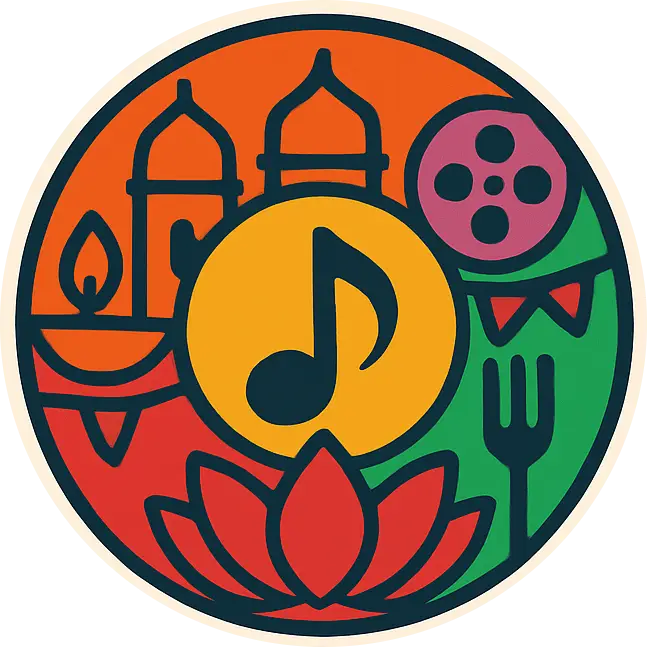Maker Sankranti Festival : Celebration, History & Significance
🌞 Makar Sankranti – The Harvest Festival
Introduction:
Makar Sankranti is a major Hindu festival celebrated across India to mark the transition of the Sun into the zodiac sign of Capricorn (Makar Rashi). It is a festival of harvest, gratitude, and the beginning of longer, warmer days.
When it is celebrated:
- Celebrated every year on 14th or 15th January, depending on the solar calendar.
- Unlike many Hindu festivals, Makar Sankranti follows the solar cycle, so its date is almost fixed.
Why it is celebrated:
- It marks the end of winter and the start of longer days as the Sun begins its northward journey (Uttarayan).
- It is also a festival of harvest and thanksgiving for farmers.
How it is celebrated:
- Puja and Rituals:
- People take holy dips in rivers like Ganga, Yamuna, and Godavari, as it is believed to wash away sins.
- Devotees offer prayers to the Sun God (Surya) for prosperity and good health.
- Traditional Foods:
- Special dishes made of til (sesame) and gur (jaggery) like tilgul laddoo, chikki, and gajak are prepared.
- In Maharashtra, people exchange sweets with the words “Tilgul ghya, god god bola” (accept these sweets and speak sweetly).
- Kite Flying:
- In states like Gujarat and Rajasthan, kite flying is a major attraction, symbolizing joy and freedom.
- Regional Celebrations:
- In Tamil Nadu, it is celebrated as Pongal.
- In Punjab, it is called Lohri (a day earlier) and Maghi (the next day).
- In Assam, it is known as Magh Bihu.
Significance:
- Symbol of new beginnings, positivity, and prosperity.
- Teaches unity and sharing, as people distribute sweets and celebrate together.
- Marks an important astronomical event – the Sun’s northward journey (Uttarayan).
Global Celebration:
Makar Sankranti is celebrated not only in India but also in Nepal, Bangladesh, and by Indian communities worldwide, spreading joy and cultural traditions.
✨ In short: Makar Sankranti is the festival of the Sun and harvest, celebrated with kites, sweets, prayers, and unity, marking the arrival of longer days and new beginnings.
